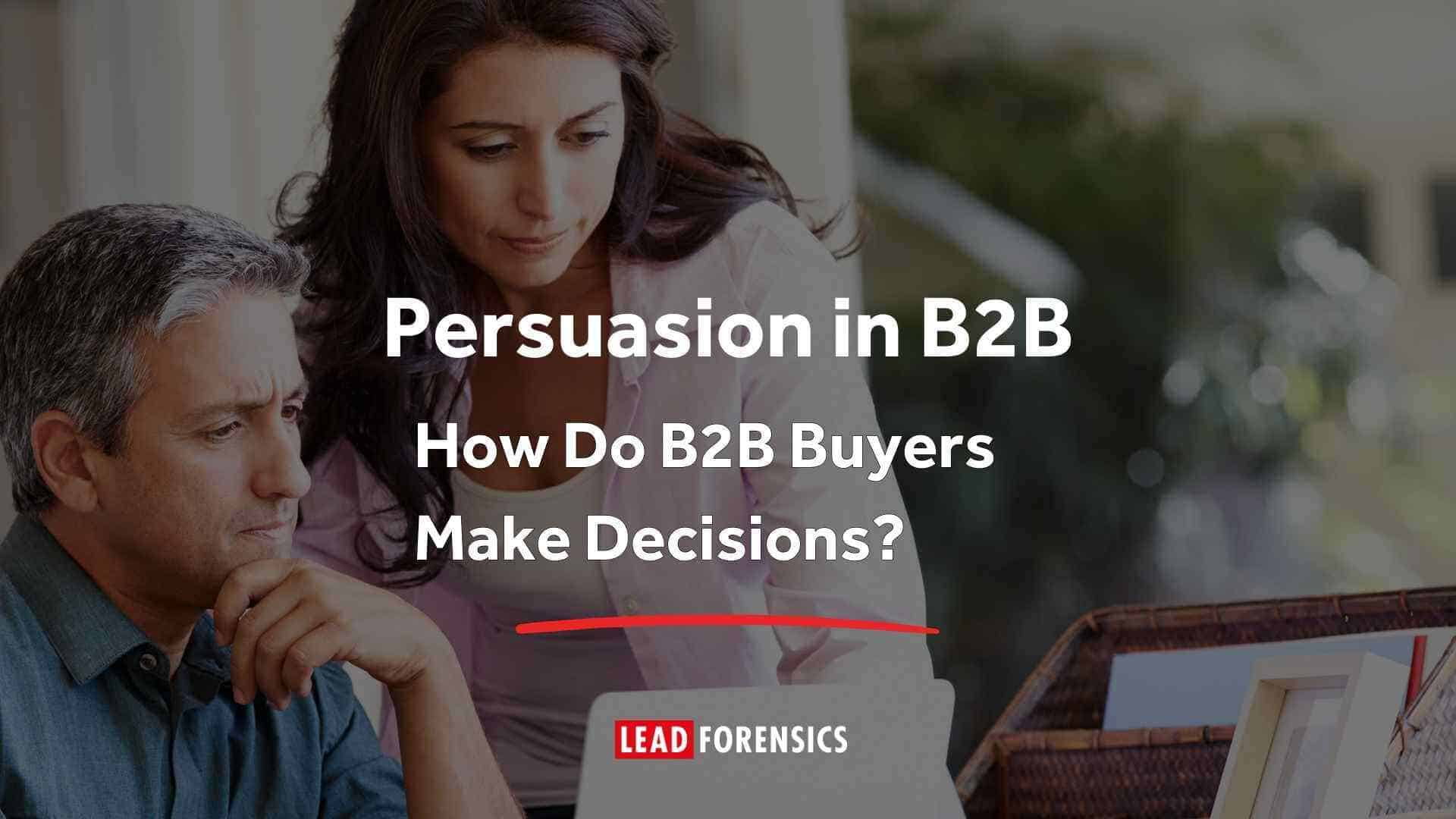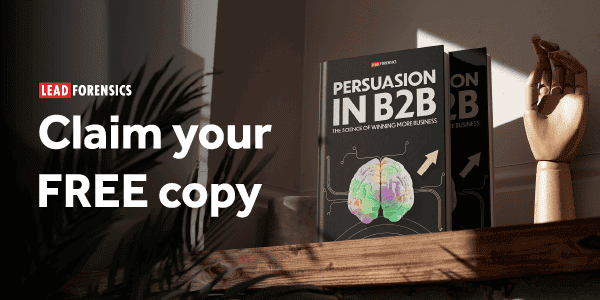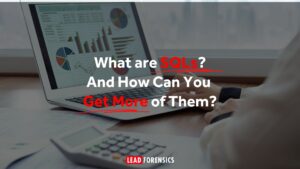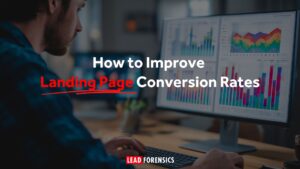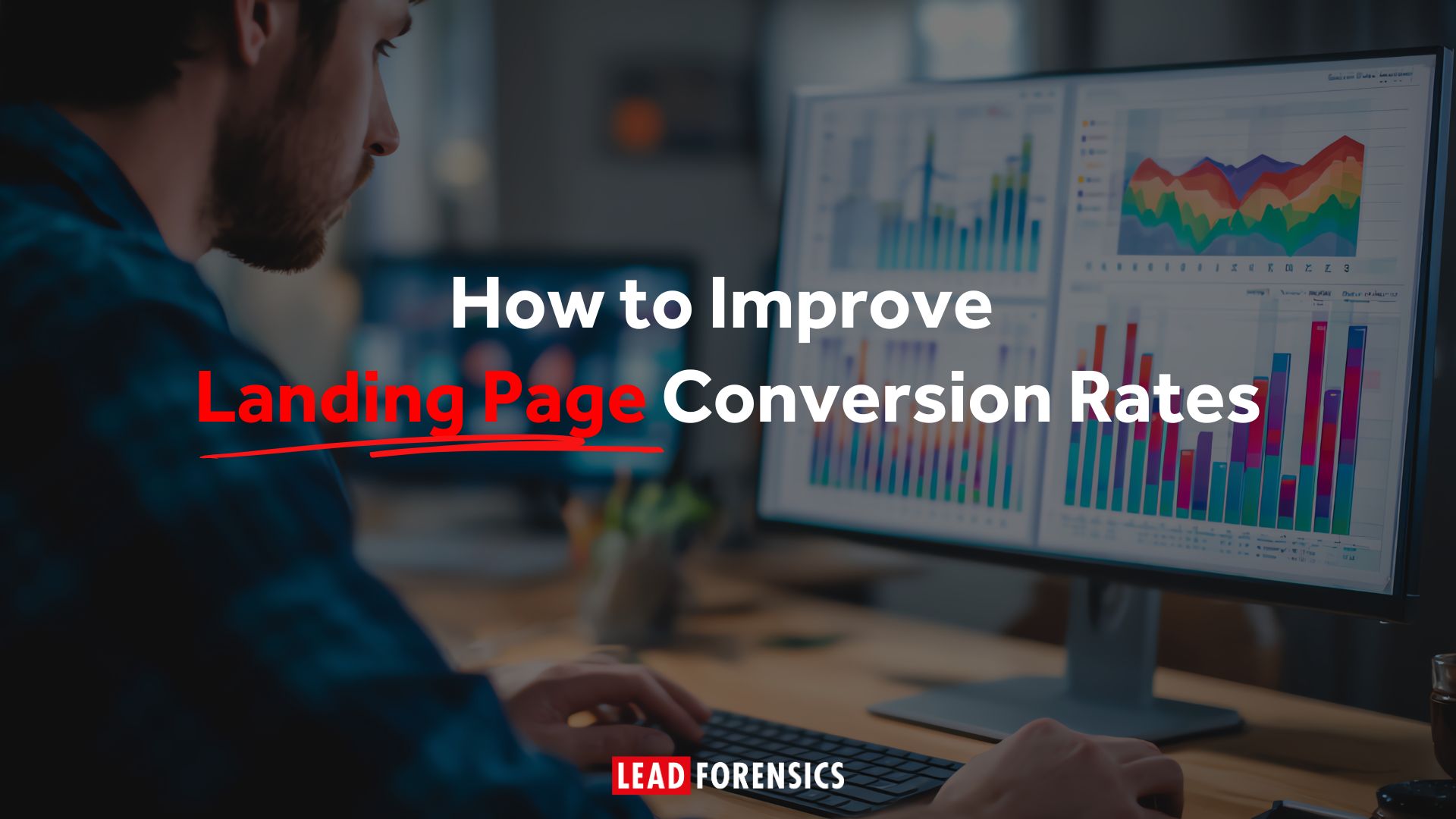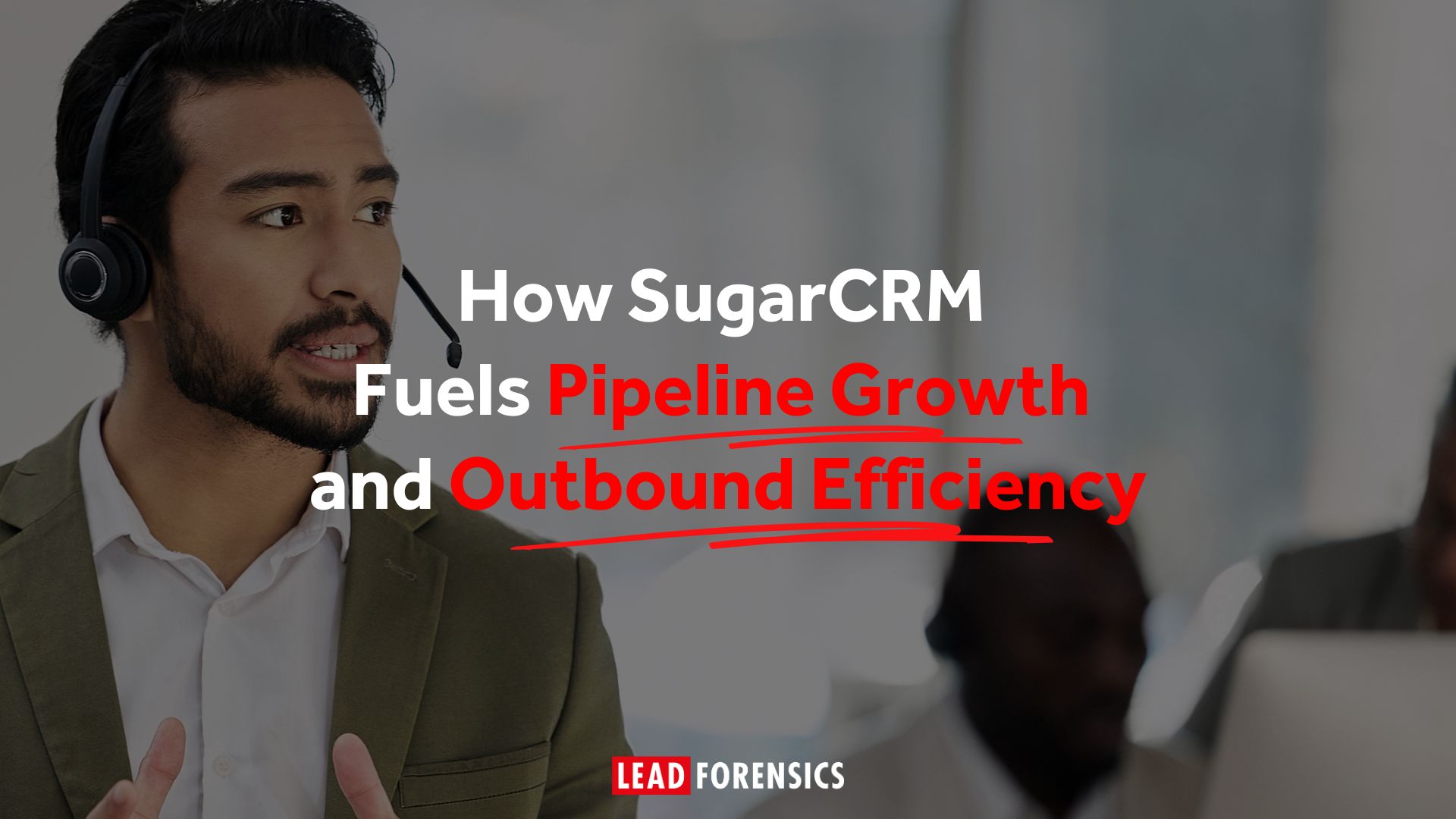Understanding how B2B buyers make decisions helps you think about how you can influence their behavior, too. It’s the cheat code to making better connections and boosting your win rate.
Let’s break down the science behind the decisions that drive B2B success.
Dual Processing Theory: Your Buyers Think in Two Modes
Every B2B buyer has two brains in one – or at least, two ways of thinking.
In an ideal world, decisions should be rational, logical, and methodical. A buyer should evaluate solutions objectively, weigh the pros and cons, compare pricing, and make the smartest business choice. But in reality, that’s not how most decisions happen.
Instead, buyers rely on gut instincts, snap judgments, and emotional responses more often than they realize. Their decisions are fast, intuitive, and automatic.
What Are The Two Systems of Decision-Making?
Psychologists Daniel Kahneman and Amos Tversky introduced Dual Processing Theory. It breaks decision-making into two modes: system one and two.
System one decision-making is fast, emotional and automatic. With this mode, decisions are:
- Instinctive, effortless, and subconscious
- Influenced by first impressions, visuals, and gut feelings
- Quick responses to urgency, scarcity, and social proof
- Often snap decisions (good or bad).
System two decision-making is slow, logical and analytical. When using this mode, decisions are:
- Careful, deliberate, and require effort
- Often used for price comparisons, long-term planning, and evaluating risks
- Typically made by looking at data, detailed reasoning, and structured choices
- More resistant to persuasion, but ultimately confirm or reject their system one instinct.
Why Does This Matter For B2B?
Most people assume they’re selling to system two.
B2B marketers load their websites with statistics, white papers, and endless feature comparisons. Sales reps stuff their cold calling scripts with facts and figures.
They assume buyers are rational. But in reality, system one is calling the shots.
A B2B decision maker might emotionally connect with a brand because of its credibility, FOMO, or trust signals (system one). Later, they justify that gut decision with logical reasoning, like ROI data and case studies (system two)
How Can You Leverage The Buyer’s Decision-Making Mode?
There are three things you can do to apply this right away:
- Talk to system one first. Use clear messaging, urgency triggers, and social proof to create an immediate emotional connection.
- Support system two afterward. Provide data, case studies, and logical reasoning to reinforce the initial instinct.
- Reduce friction. The harder a decision feels, the more likely buyers will default to system one and walk away.
Visual Salience: What Stands Out, Sells
It’s not enough to just target the two different systems of decision-making. You need to find a way to also make your offer cut through the noise.
That’s where visual salience comes it. This principle explains that our brains prioritize what stands out, whether it’s a bold color, an unexpected contrast, or a well-placed call-to-action.
In B2B marketing, most brands stick to safe, corporate visuals, which is why the few that dare to break the mold capture attention. Visually unique content stops the scroll, sparks curiosity, and makes your message more memorable.
9 Ways To Use Visual Salience For B2B Prospects
B2B buyers are visual creatures. If your offer stands out, they’ll see it. If they see it, they can act on it.
Here’s how to start using visual salience:
- Instead of standard blog posts or bland LinkedIn ads, use unexpected visuals, striking colors, and unconventional imagery to differentiate your brand
- Buyers scan websites, emails, and proposals in seconds, so use signals that grab their attention. A well-placed “Only 3 Spots Left” in red will stop the scroll.
- Pricing tables where the “Best Value” option is bold and highlighted will guide the decision.
- A proposal with clear visuals and a callout box summarizing key benefits will win over a dense paragraph of text.
- Use contrasting colors to highlight urgency, pricing, and CTAs.
- Break up dense text with bullet points, bold phrases, and callout boxes.
- Design with attention flow in mind and guide the buyer’s eyes toward the next step.
- Use visuals strategically; an image or chart can explain faster than a paragraph.
Use The Peak-End Rule To End On a High
Would it surprise you to learn it’s actually the last impression that sticks? It’s called the peak-end rule, and it’s when people judge an experience based on its most intense moment (the peak) and how it ends, not the entire experience itself.
Think about it:
- A boring keynote speech with an amazing closing story? Memorable.
- A smooth sales process with a painful contract negotiation? Frustrating.
- A complex onboarding experience that ends with a big “aha” moment? Worth it.
B2B buyers don’t remember every interaction with your brand, they remember the peaks and the ending. This means you need to design those moments strategically.
6 Ways to Apply The Peak-End Rule in B2B
Create memorable high points:
- Highlight a game-changing feature, a breakthrough insight, or an exclusive offer.
- Use storytelling and emotional engagement in sales pitches and presentations.
- Frame your best content, stats, or case studies as the “aha” moment.
End on a high note:
- Ensure the final touchpoint before closing a deal is positive and confident.
- Send a personalized thank-you or a last-minute bonus after sign-up.
- Make onboarding easy, exciting, and value-packed to reinforce the decision.
You now understand how B2B buyers make decisions, how you can influence their decision-making systems in your favor and what you can do to ensure your new clients walk away with a smile. But what’s next? Maybe it’s time to think about how you can use psychology to create urgency and value perception.
Learn More About The Art of Persuasion
Get your FREE copy of our book “Persuasion in B2B: The Science of Winning More Business”. You’ll discover how to build awareness and interest and simplify decision-making to convert sales sooner.
Get yours here! 👉 https://bit.ly/3E6x4mX


